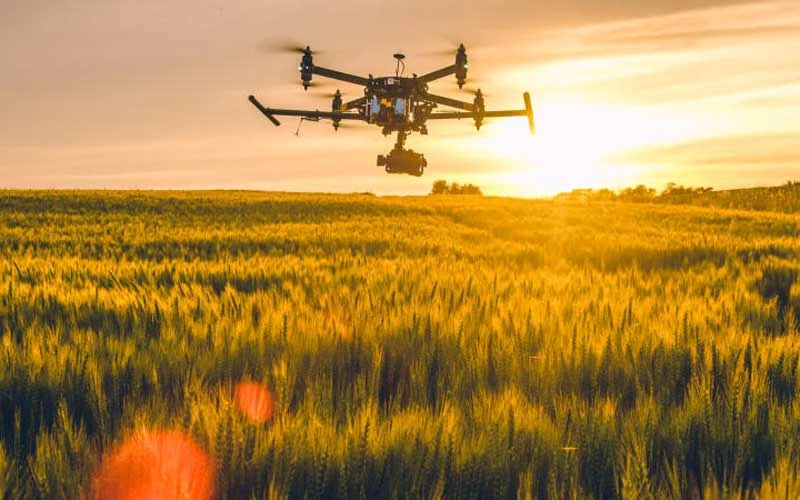Introduction to Kenya’s Growing Drone Landscape
In recent years, Kenya’s drone technology has emerged as one of the most transformative innovations reshaping industries across the nation. From agriculture and health delivery to wildlife conservation and disaster response, drones are redefining how Kenyans solve challenges and unlock new opportunities. With a supportive regulatory framework, growing investment, and an eager population of innovators, Kenya is positioning itself as a drone technology leader in Africa.
Drone Regulations in Kenya
The Kenya Civil Aviation Authority (KCAA) regulates drone operations under the Civil Aviation (Unmanned Aircraft Systems) Regulations. These laws allow commercial, private, and government drone activities while ensuring safety and accountability. Registered drone pilots must obtain a Remote Pilot License (RPL), while organizations must acquire operation certificates. This legal clarity has spurred innovation, enabling startups, humanitarian groups, and large companies to confidently invest in drone solutions.
Drones in Agriculture: Transforming Farming Practices
Agriculture is Kenya’s backbone, employing millions of people. Agricultural drones are now revolutionizing this sector by:
- Precision farming: Farmers use drones for crop mapping, soil analysis, and irrigation monitoring.
- Pest control: Drones equipped with sprayers distribute pesticides efficiently and safely.
- Crop health monitoring: High-resolution cameras detect diseases early, reducing losses.
- Data-driven insights: Drones collect information that allows farmers to maximize yields and cut costs.
By applying drone technology, Kenyan farmers are embracing sustainable agriculture while ensuring food security.
Drones in Healthcare: Lifesaving Medical Deliveries
Healthcare has witnessed some of the most surprising uses of drones in Kenya. In remote and hard-to-reach areas, drones deliver critical supplies, including:
- Vaccines and medicines for rural communities.
- Blood samples transported quickly to laboratories.
- Emergency medical kits for disaster-stricken regions.
Organizations like Zipline and Amref Health Africa have partnered with county governments to ensure faster healthcare responses. This has dramatically reduced waiting times, especially in regions with poor road infrastructure.
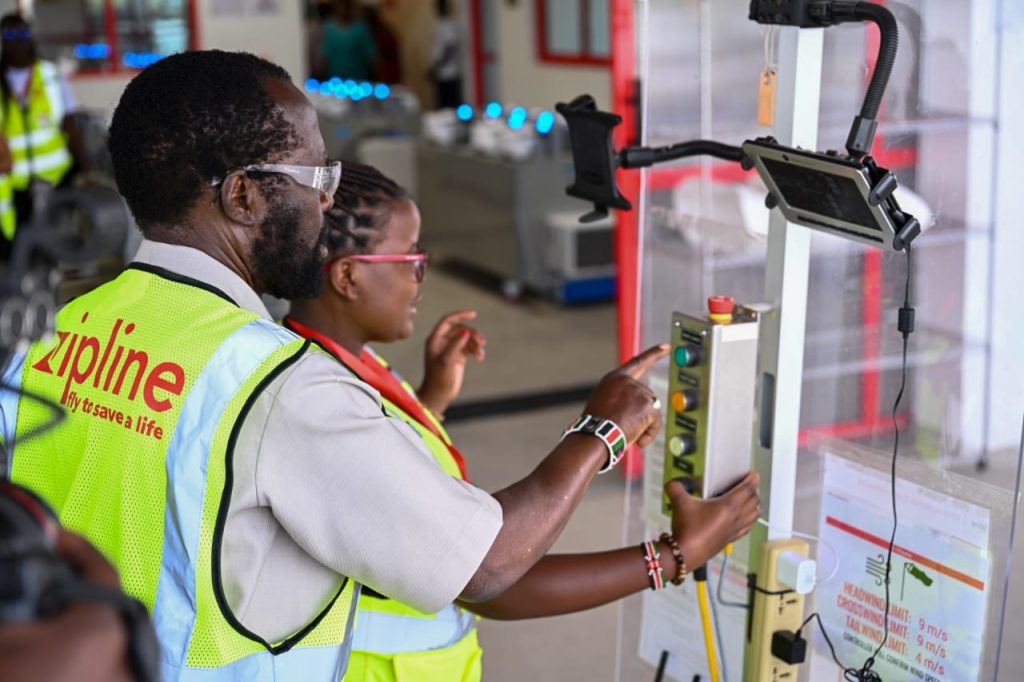
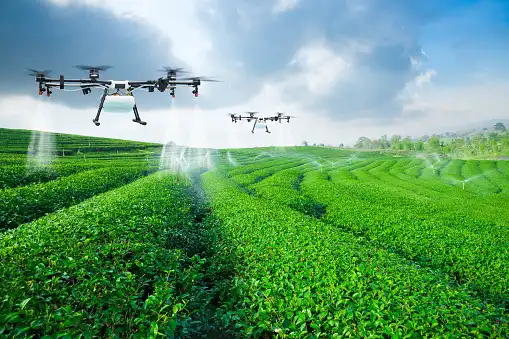
Drones in Wildlife Conservation and Anti-Poaching
Kenya is world-renowned for its wildlife and national parks. Protecting these treasures is a constant challenge. Drones have proven invaluable in:
- Monitoring animal populations without disturbing their habitats.
- Tracking poachers in real time with thermal cameras.
- Mapping migration routes for elephants, wildebeests, and other species.
- Preventing illegal logging and environmental degradation.
The Kenya Wildlife Service (KWS) has increasingly embraced drone surveillance to protect endangered species such as rhinos and elephants.
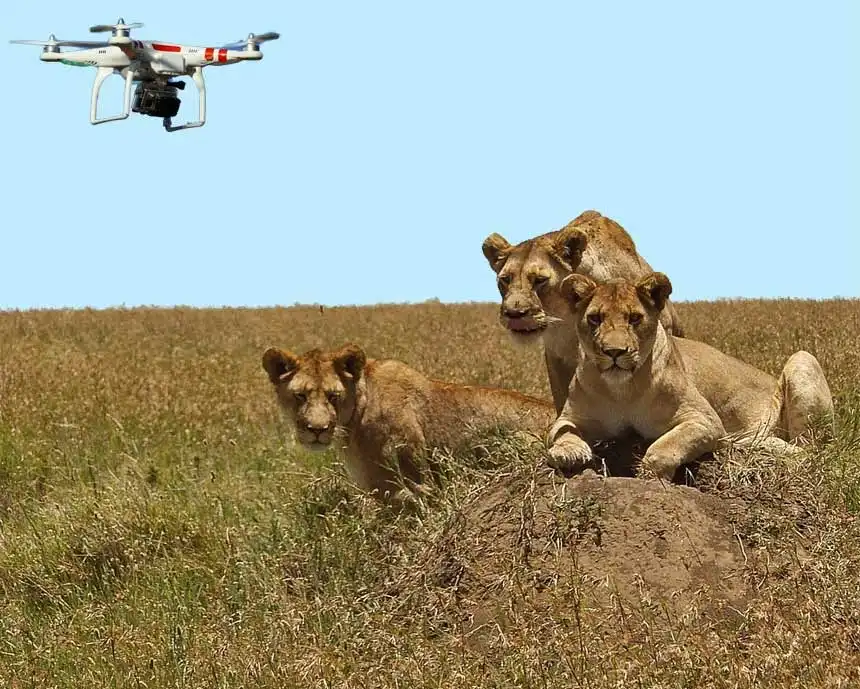
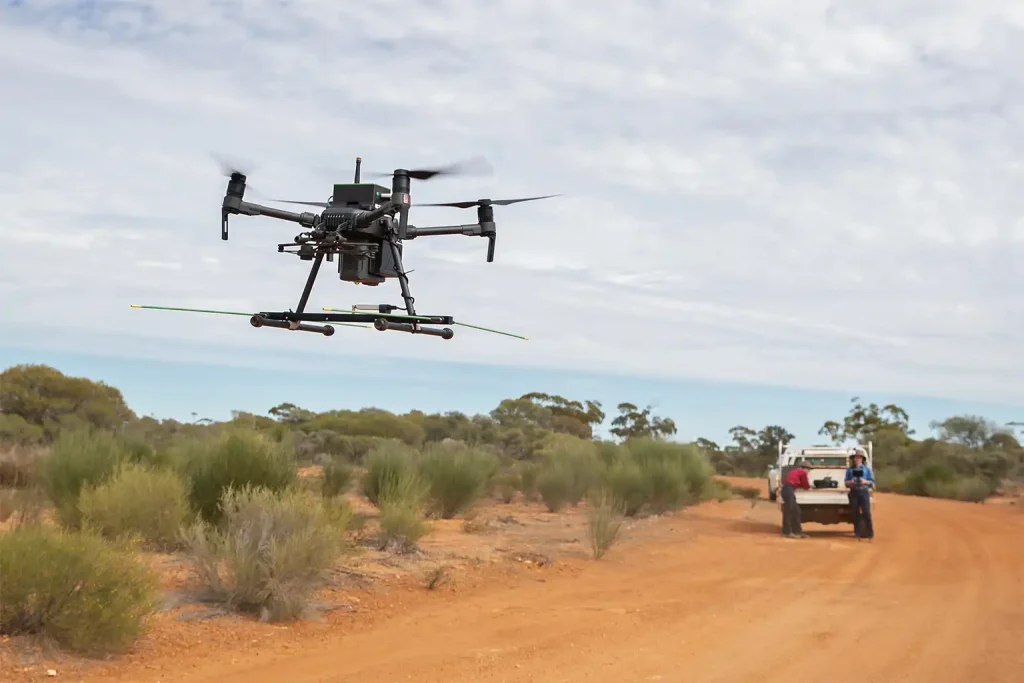
Drones in Disaster Management and Humanitarian Aid
During floods, droughts, or landslides, drones provide aerial assessments that guide rescue operations. Humanitarian groups rely on drones to:
- Deliver food aid and emergency relief supplies.
- Conduct damage assessment for faster recovery plans.
- Provide real-time surveillance for disaster preparedness.
This technology significantly reduces response times, ensuring that affected communities receive timely assistance.
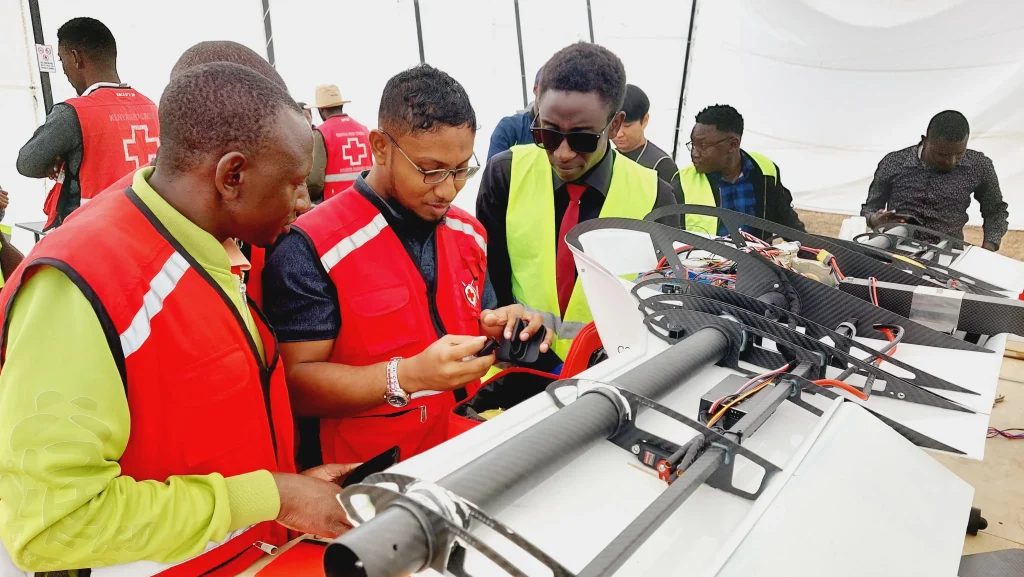
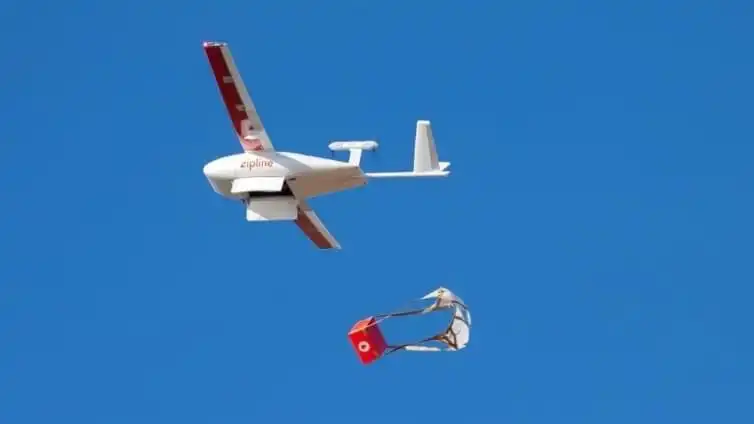
Drones in Security and Law Enforcement
The Kenyan government and private security firms are adopting drones for surveillance and crime prevention. Key applications include:
- Crowd monitoring during public events.
- Traffic management in congested urban areas.
- Border security and patrols to prevent smuggling.
- Property surveillance in residential estates.
By integrating drones into policing and security operations, Kenya is boosting public safety while reducing operational costs.
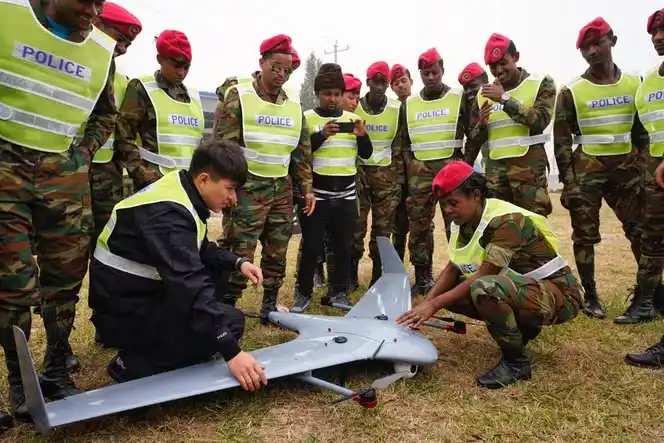
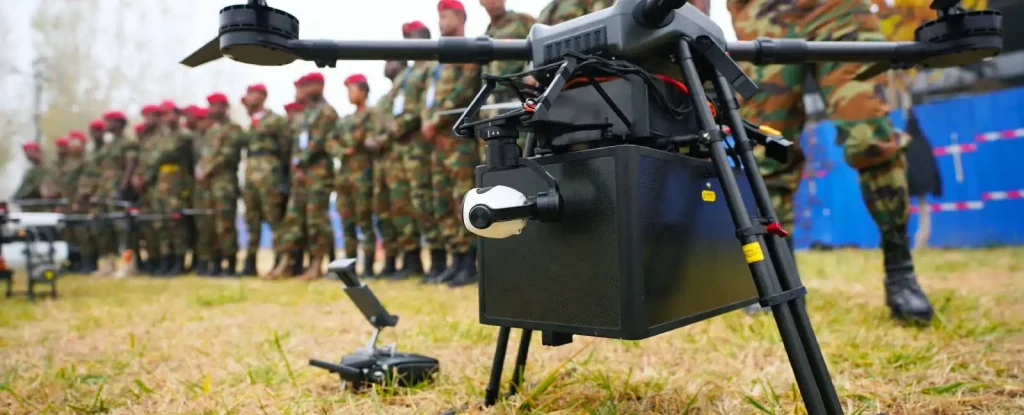
Drones in Infrastructure and Urban Development
Kenya’s rapid urbanization demands modern tools for city planning. Drones assist in:
- Surveying construction sites and ensuring project compliance.
- Mapping urban areas for planning roads, bridges, and housing.
- Inspection of power lines, pipelines, and telecom towers.
- 3D modeling for smarter urban design.
These capabilities improve efficiency, reduce costs, and promote transparency in infrastructure projects.

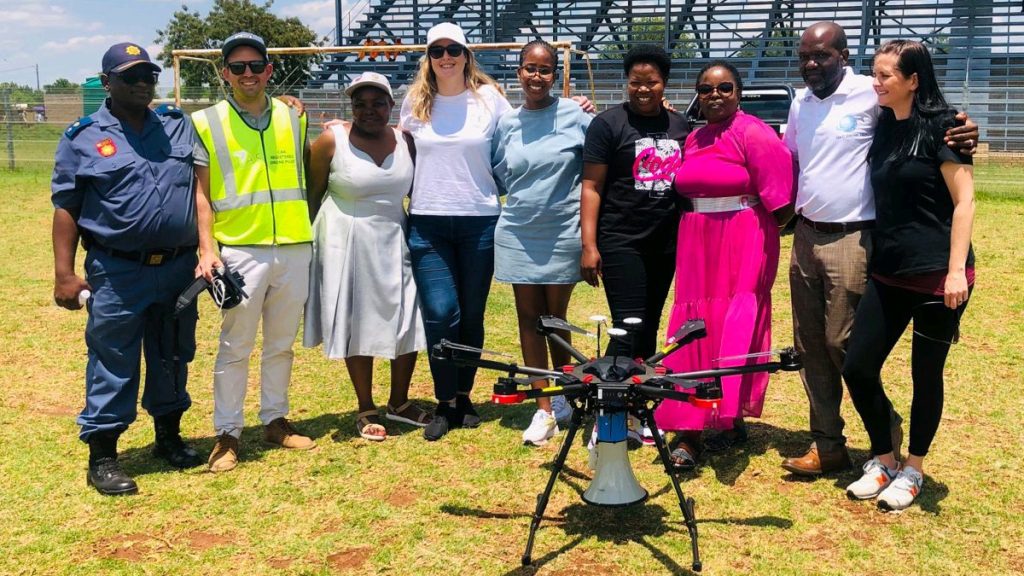
Drones in Media, Film, and Entertainment
Kenya’s vibrant film and media industry has embraced drones for cinematography and photography. Aerial shots once reserved for big-budget productions are now accessible to local filmmakers, advertisers, and journalists. Drones also enhance news reporting, providing real-time coverage of events like rallies, wildlife documentaries, and sporting activities.
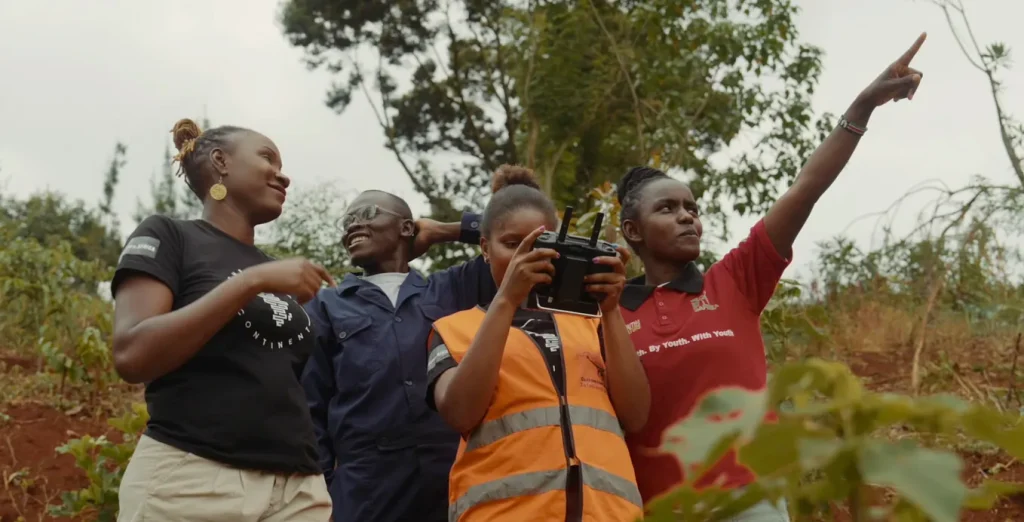

Drones in E-Commerce and Delivery Services
As Kenya’s e-commerce industry booms, drones are being tested for last-mile delivery solutions. Urban congestion and poor rural roads often hinder timely deliveries. Drones provide:
- Fast parcel delivery for small goods.
- Logistics solutions for businesses seeking to reach remote customers.
- Eco-friendly transport with reduced carbon emissions.
Though still in its early stages, this sector shows immense potential to transform shopping and delivery in Kenya.
Training and Innovation Hubs for Drone Technology
Kenya is nurturing a new generation of drone innovators and pilots. Institutions like Kenya Flying Labs and private drone academies offer training in drone piloting, mapping, and software development. This creates employment opportunities for young people while fueling technological growth. Startups are emerging with innovative drone-based solutions tailored for African markets.
Challenges Facing Drone Technology in Kenya
Despite its rapid growth, Kenya’s drone sector faces several challenges:
- High costs of equipment and training.
- Regulatory hurdles that can slow adoption.
- Cybersecurity threats and privacy concerns.
- Public awareness gaps about drone safety and benefits.
Addressing these issues requires continuous dialogue between government, private sector, and communities.
The Future of Drone Technology in Kenya
Kenya’s drone technology future looks promising. With advancements in artificial intelligence, automation, and renewable energy integration, drones will become more efficient and affordable. Their adoption will accelerate in agriculture, logistics, healthcare, and environmental management, solidifying Kenya’s role as a drone technology hub in Africa.
Conclusion on Kenya’s Drone Technology
Kenya’s embrace of drone technology highlights the nation’s determination to harness innovation for sustainable growth. From farmlands to hospitals, conservation areas to construction sites, drones are delivering surprising benefits that impact lives positively. As technology evolves, Kenya is set to become a pioneer in drone innovation across Africa.

